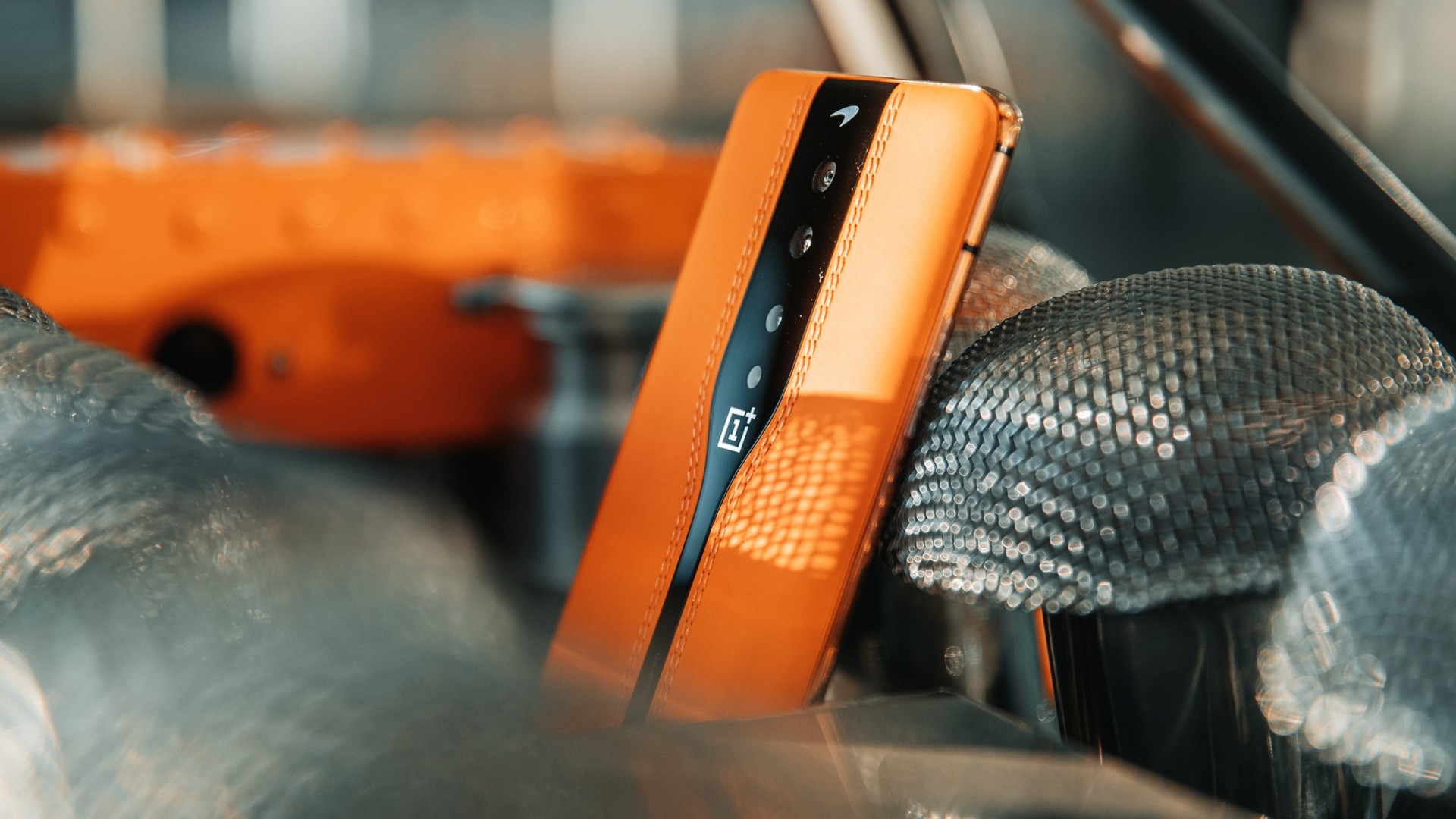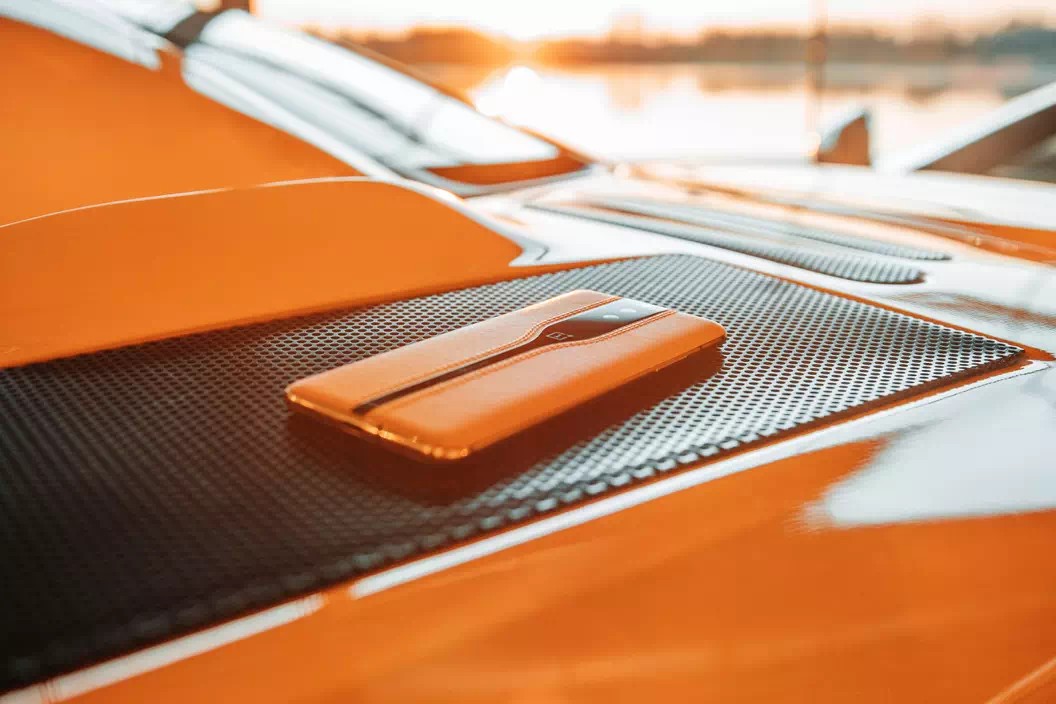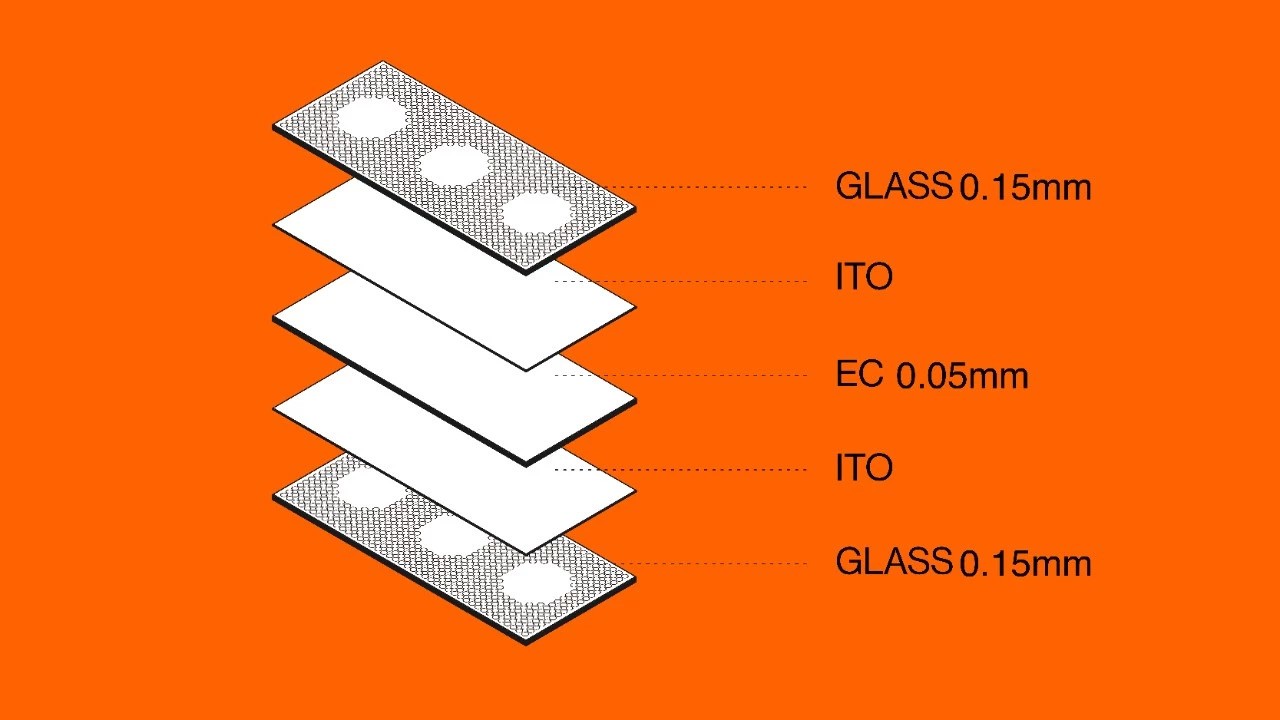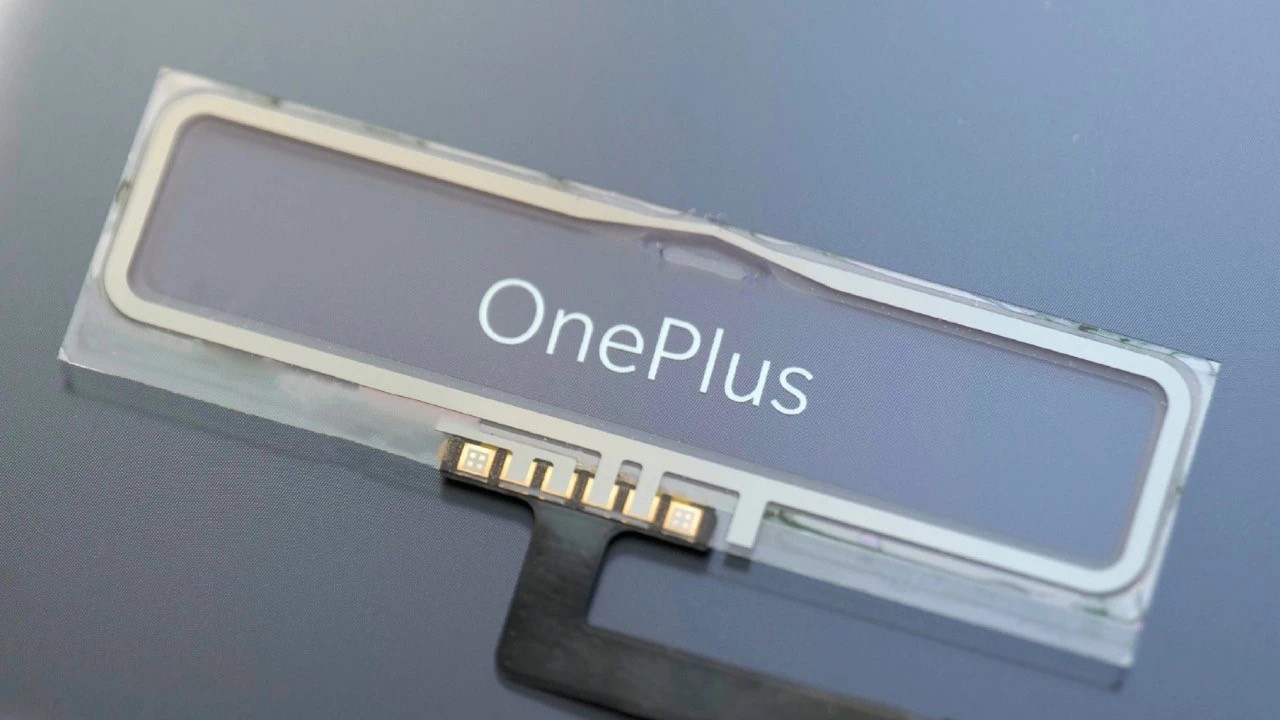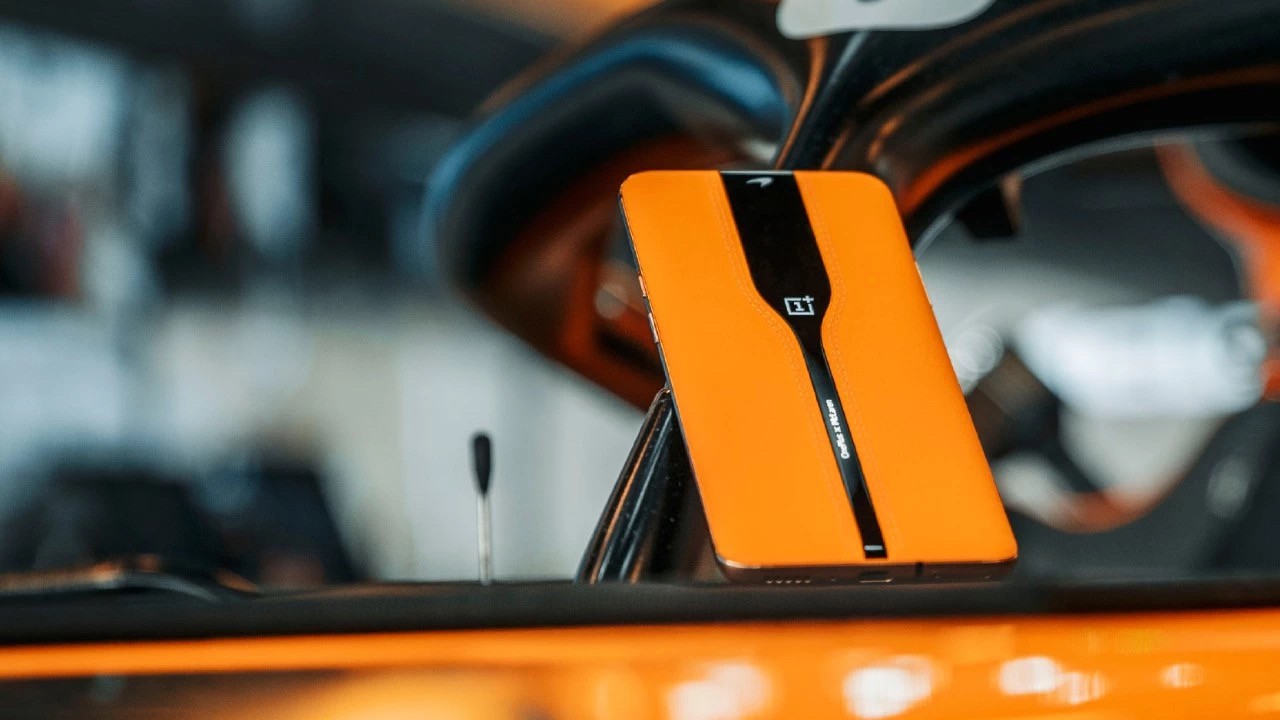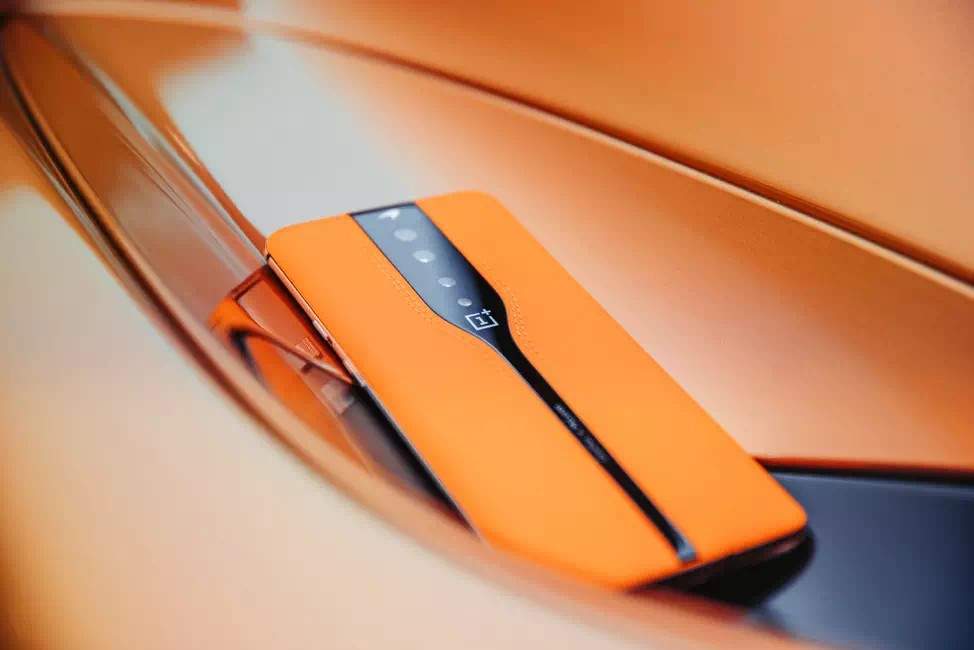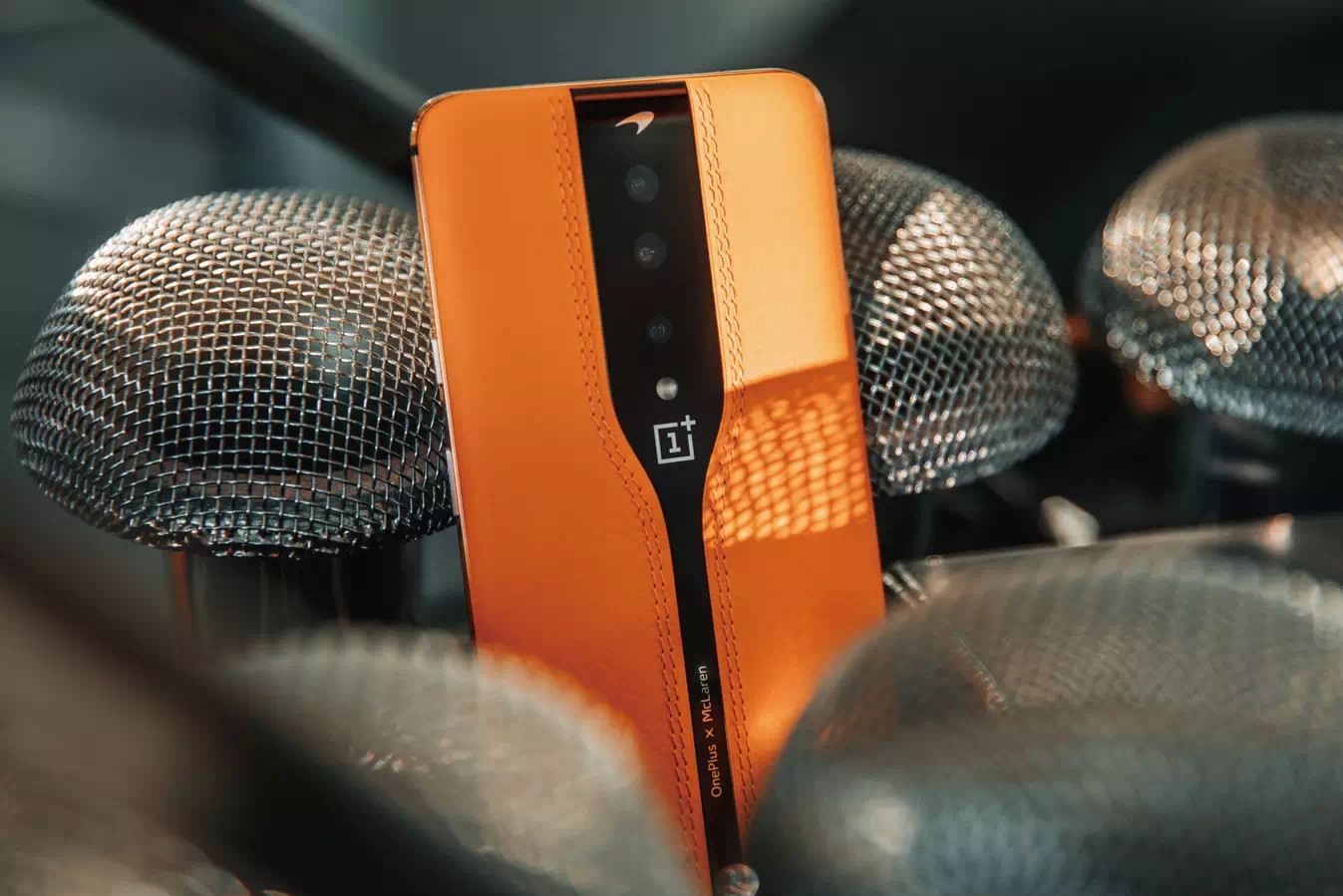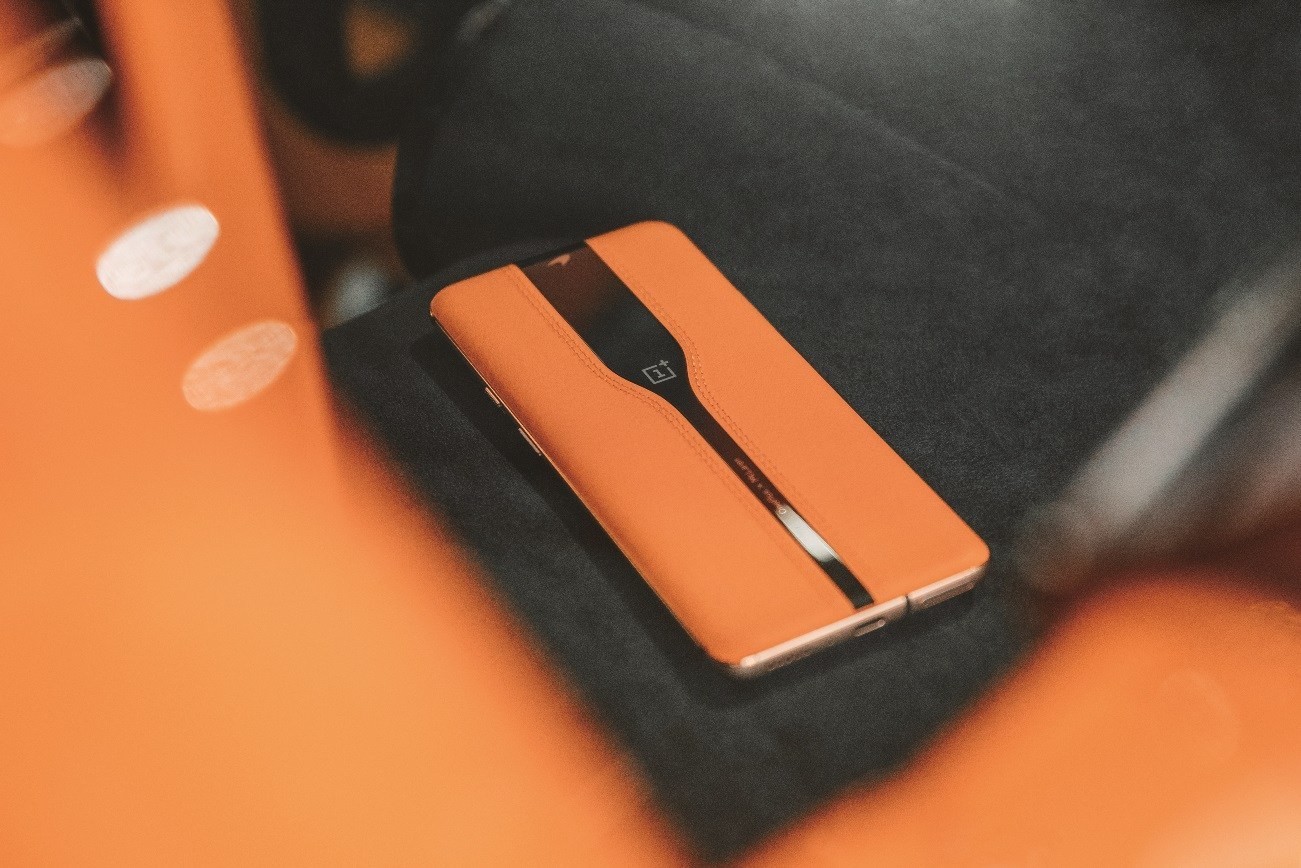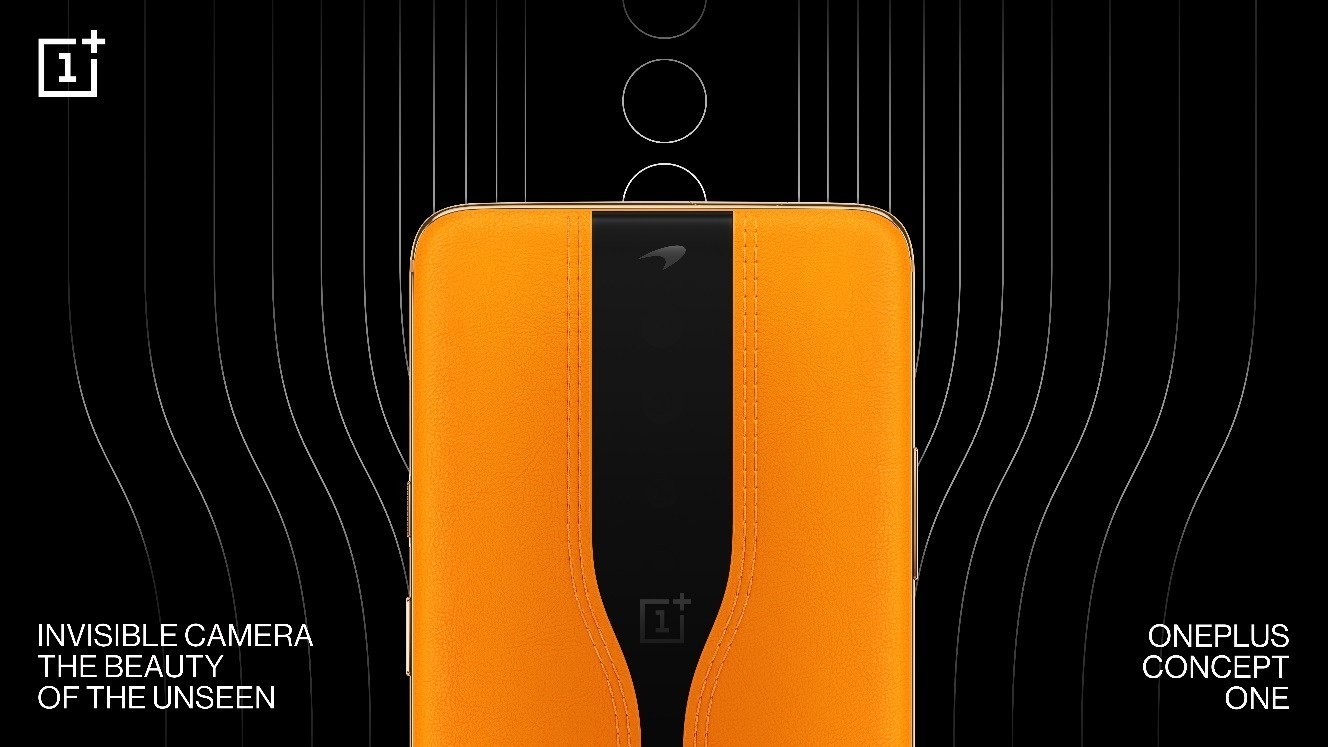Following a preview earlier this month, OnePlus has unveiled their Concept One smartphone.
Jointly developed with McLaren, the Concept One looks like a traditional designer smartphone as it features a large glass display and the same Papaya Orange semi-aniline leather used by McLaren.
However, the Concept One goes further as it features an electrochromic glass back that draws inspiration from the McLaren 720S Spider. That particular model has a retractable hard top with an electrochromic glass panel that can switch from tinted to transparent at the touch of a button.
Also Read: OnePlus Concept One Smartphone Uses McLaren Tech To Create A Hidden Camera
The Concept One uses electrochromic glass for another purpose – hiding the rear camera when it’s not in use. The company says the ‘invisible’ camera creates a clean and unbroken appearance, and this highlights their “burdenless” design philosophy.
This required a lot of work as electrochromic glass is typically thick and bulky. In order to make it suitable for use on a smartphone, engineers created ultra slim glass panels which are just 0.15 mm thick. The color-shifting material is sandwiched between the glass and the overall unit is just 0.35 mm thick – roughly the same as a screen protector.
Of course, engineers had to ensure the electrochromic glass was energy efficient and could transition fast enough to be practical. The company certainly succeeded at the latter as the glass goes from black to clear in just 0.7 seconds. That’s faster than the camera can be activated.
While some people may question the need for a hidden smartphone camera, OnePlus noted it has a practical benefit as the electrochromic glass also doubles as a built-in polarizing filter. Furthermore, there isn’t much of a downside as the company said it “uses almost no power.”
The smartphone won’t be going into production, but OnePlus said it “lays the foundation for future smartphones with radically new designs and capabilities.” That’s important to the company as they’re known for setting trends in the area of smartphone design. As they were quick to point out, OnePlus was the first smartphone maker to use materials such as Alcantara, bamboo and Kevlar.










